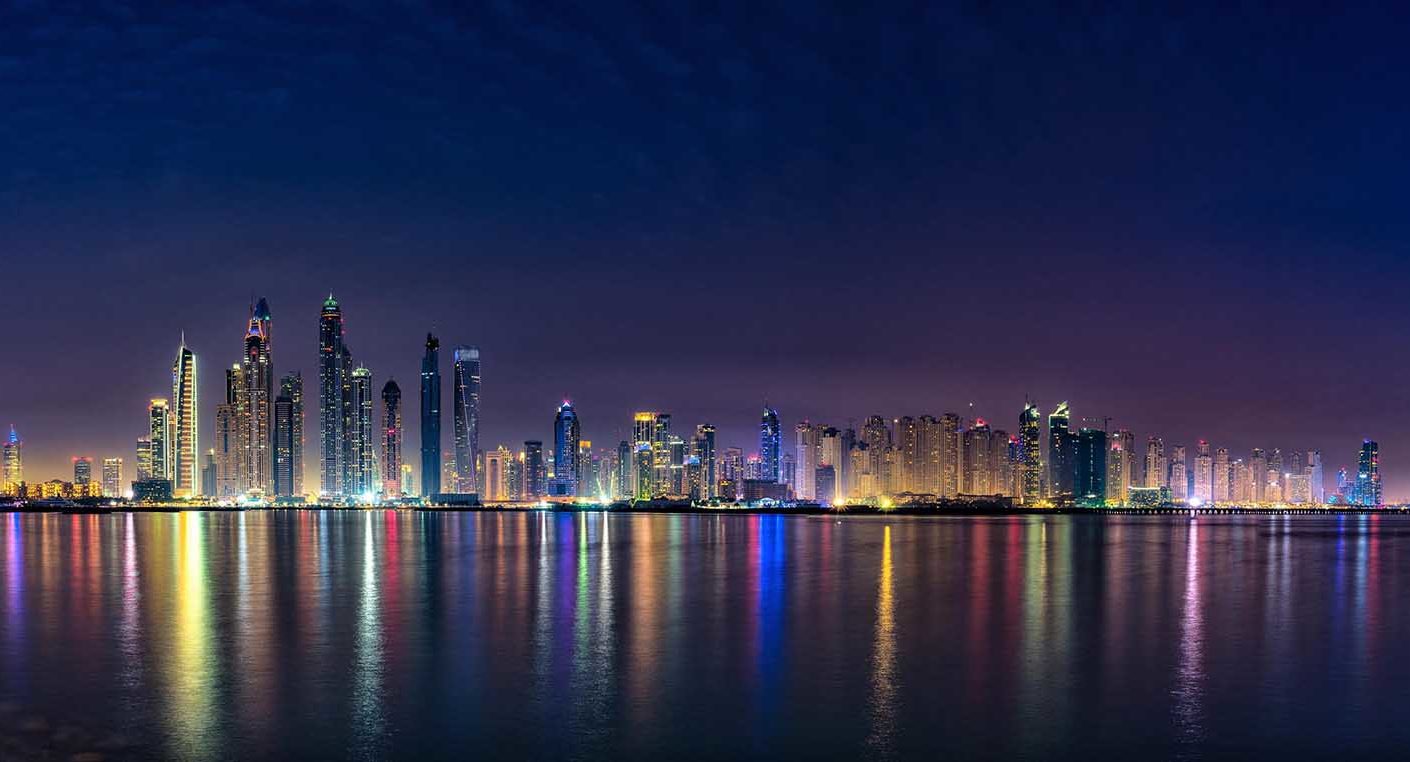If you are looking to shoot ultra long exposures of more than 30 seconds you’re going to need to use what is called your camera’s Bulb mode. This is an exposure mode often used by night photographers which gives you total control over your expose.
In this tutorial we’ll show you how to use Bulb mode in three simple steps, as well as some guidelines for best practice to help you get stellar results. But first, let’s address…
What is Bulb mode on your camera?
Bulb mode is an exposure setting on your camera that allows you to hold your shutter open for as long as you want. When Bulb mode is set, your shutter will stay open for as long as you have your finger on the shutter button, either on the camera or via a remote release.
Photographers typically use Bulb mode at night when shooting subjects such as astrophotography, as the movement of the stars can only be captured at very long shutter speeds.
Image Top: Photo © Muhammad Al-Qatam from our Colour At Night photo contest
How to find Bulb mode on your camera
On some cameras that offer manual control over exposure you will simply see a B setting on the exposure mode dial. Twist the dial to this setting, and you’re now in Bulb mode.
Some cameras may require an extra step. If you don’t have a B setting you’ll likely need to select your manual exposure – the M setting on a mode dial – and then scroll through your shutter speed settings until a ’Bulb’ option appears in your display.
Use a remote release
Because when using Bulb mode you are shooting very long exposures of 30 seconds or more, it’s highly likely – well, it’s only really possible to do if – you’re using a tripod. Because any slight movement can cause camera shake at these long shutter speeds you really want to avoid touching your camera if possible.
This is where a remote release becomes essential for shooting with Bulb mode. A remote release is a cord that attaches to your camera – typically screwing into the shutter button or connecting via a dedicated port. It allows you to operate the shutter without touching the camera.
Most remote releases offer a locking position so that you don’t have to hold down the button for the duration of the exposure.
You can find a decent remote release for pretty cheap these days on sites like Amazon UK and Amazon US.
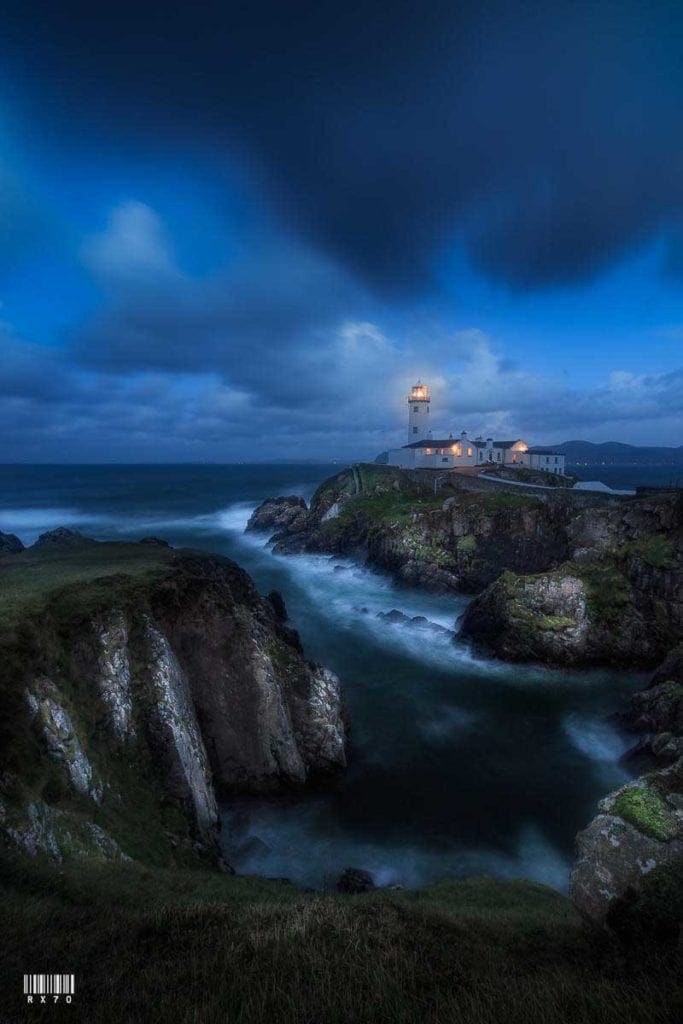
How to calculate exposure in Bulb mode
Normally you have your camera’s LCD to tell you what the best exposure time should be, but with Bulb mode all the control is in your hands. Which can be intimidating! When using Bulb mode you’ll need to time the exposure yourself.
To get an accurate exposure in Bulb mode the best way is really trial and error. Try a shot at 30secs and see how it looks. If it’s way too dark, up it to a minute. And so on. Once you start to see your subject appear clearly you can start to fine tune in 1sec intervals.
Some Olympus cameras have novel features called Live Bulb and Live Composite modes that show your image building in real time as you keep the shutter open and allow light to enter the camera. This is really useful for night photographers because it gives you a quicker indication of what your best exposure will be.
And easy way to keep track of your exposure times in Bulb mode is to use your mobile phone’s to measure the time you hold the shutter open for.
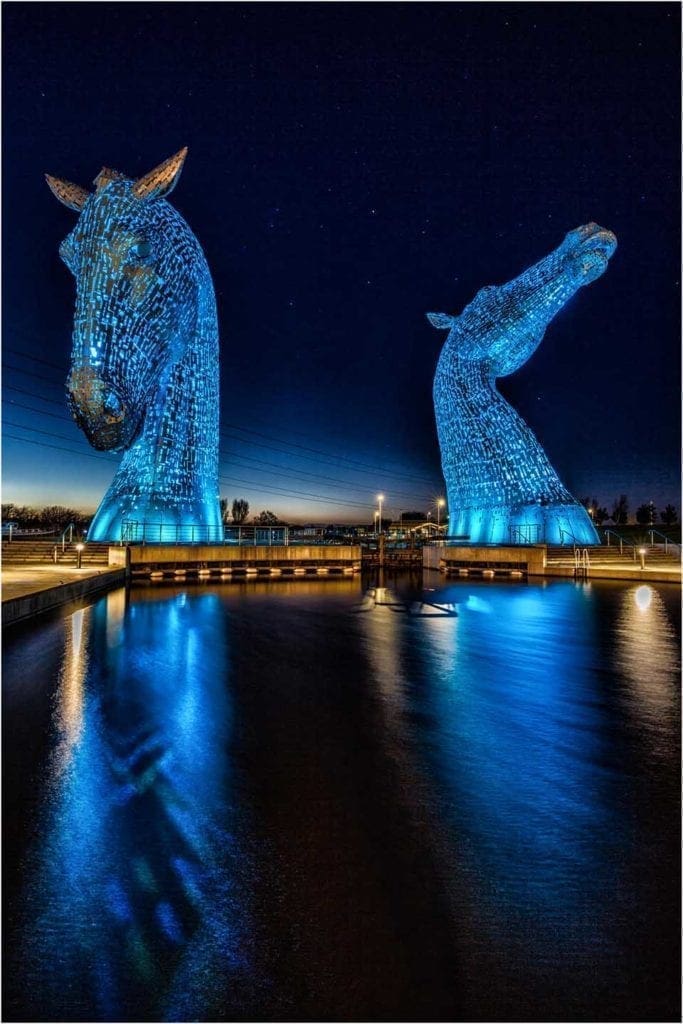
Photo © Wayne Davey 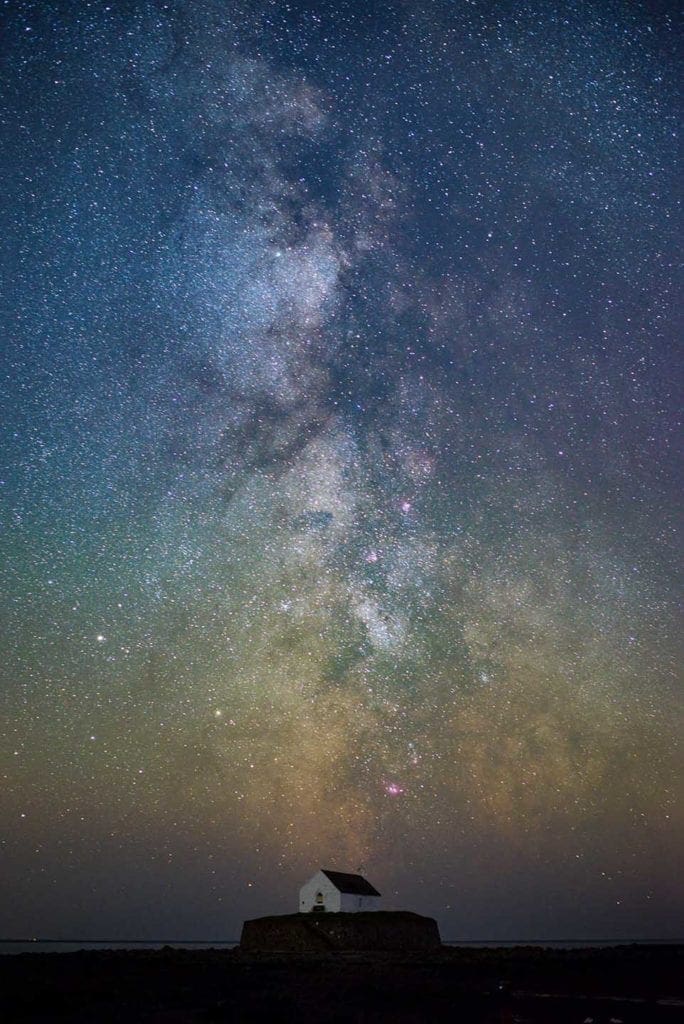
Photo © Marc Clack 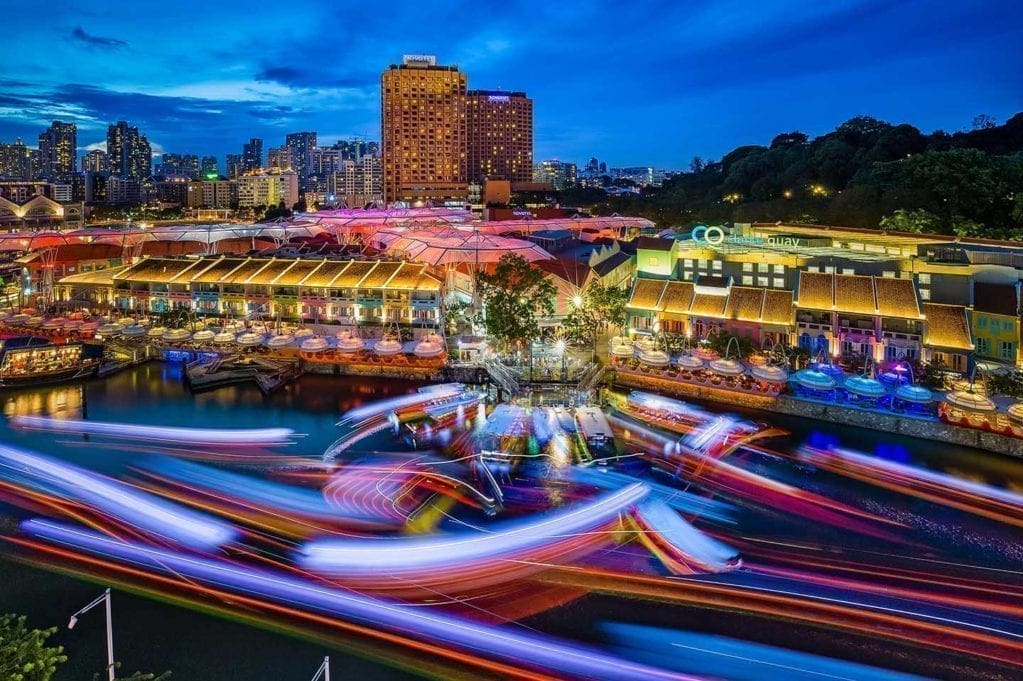
Photo © Seow Swee Meng 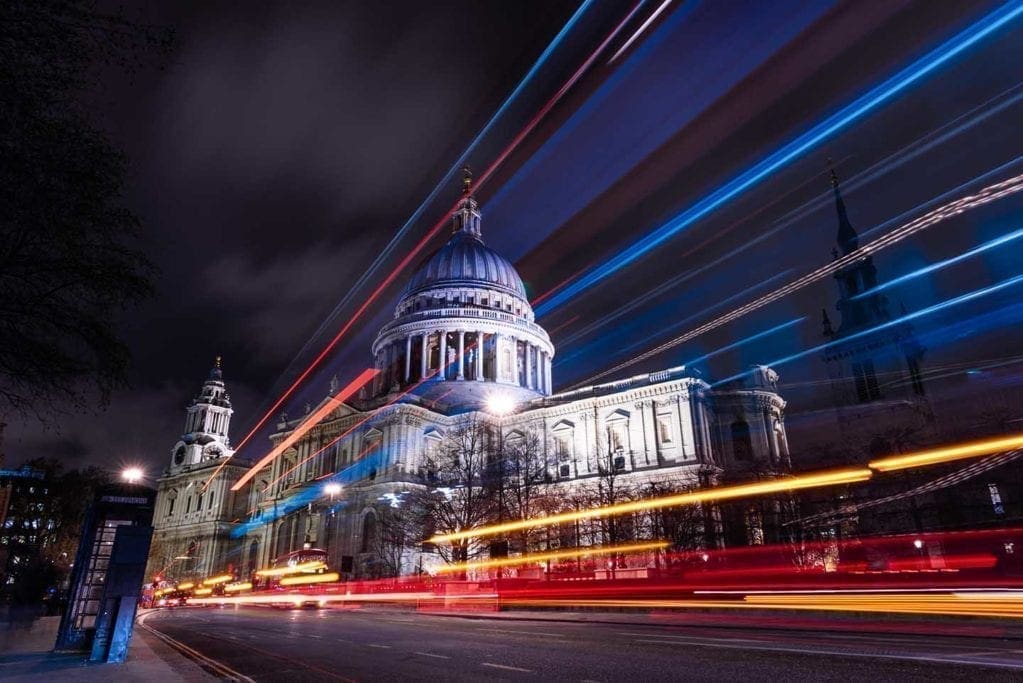
Photo © KirstySimpson 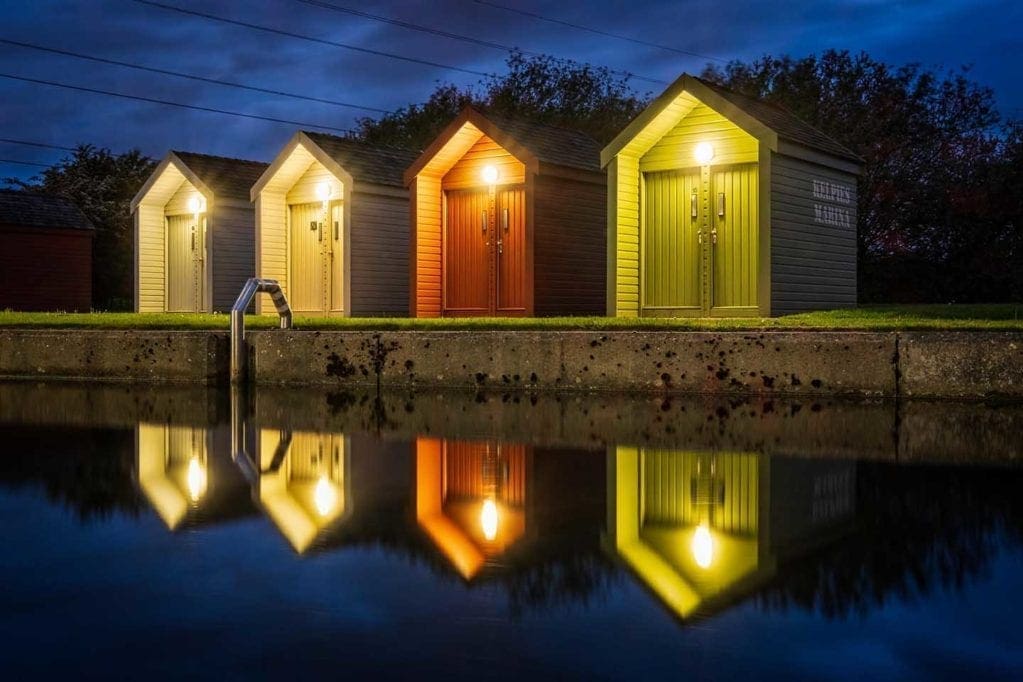
Photo © David Queenan 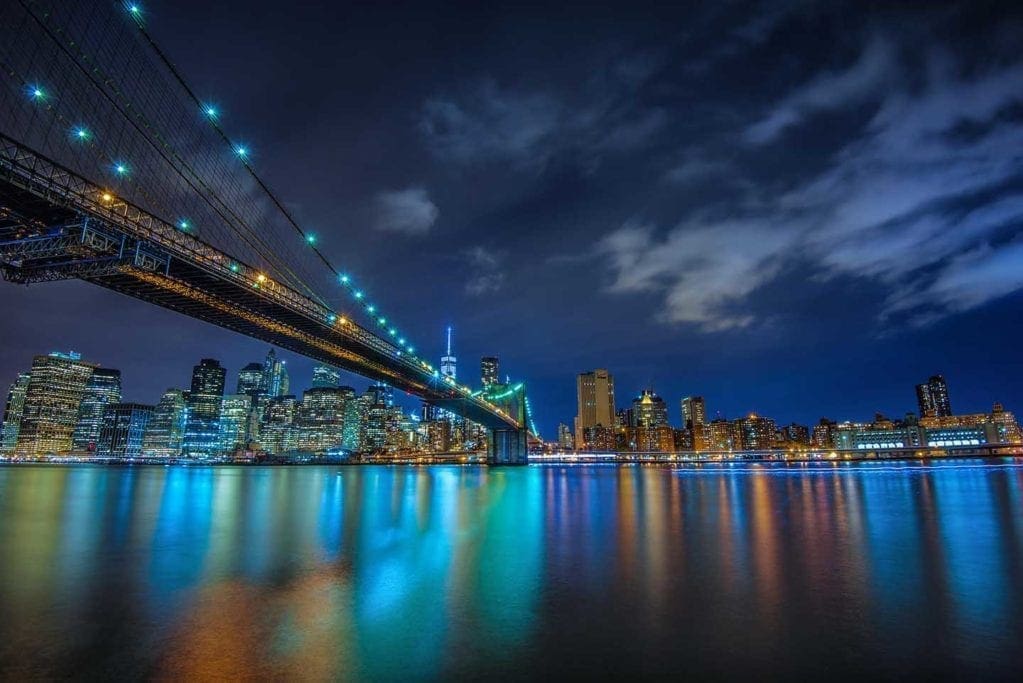
Photo © Elena Paraskeva 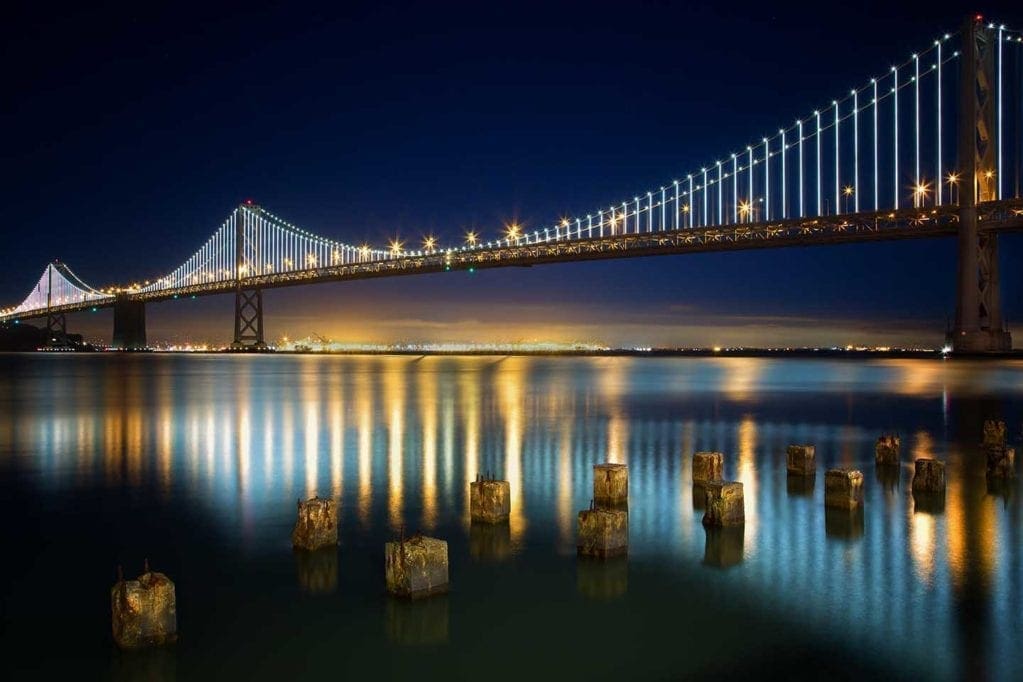
Photo © Gary Hunter 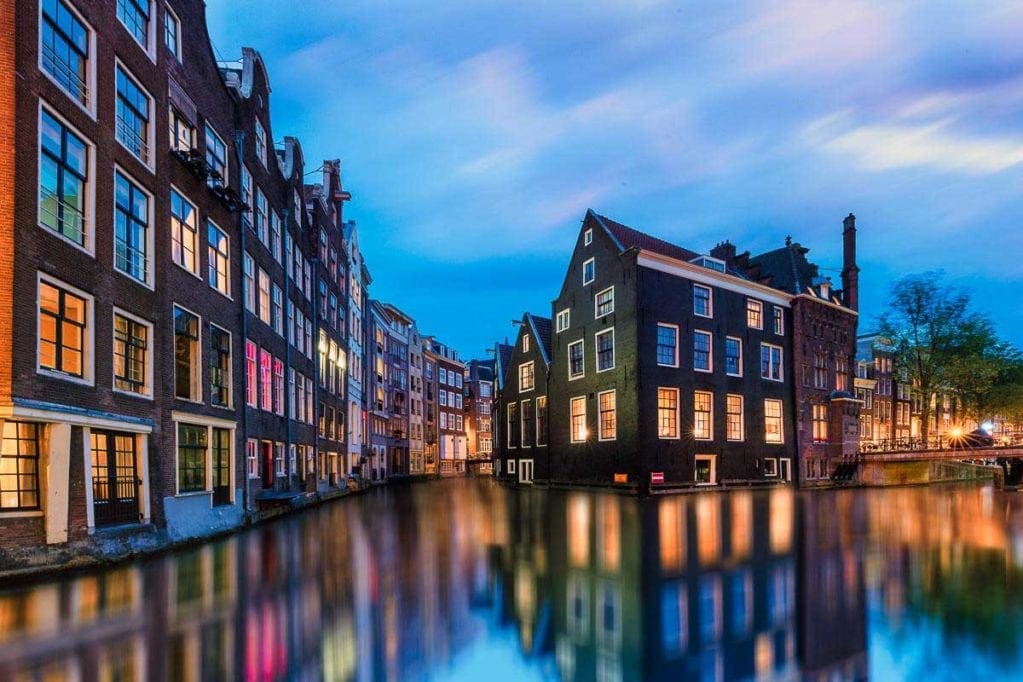
Photo © antonyz 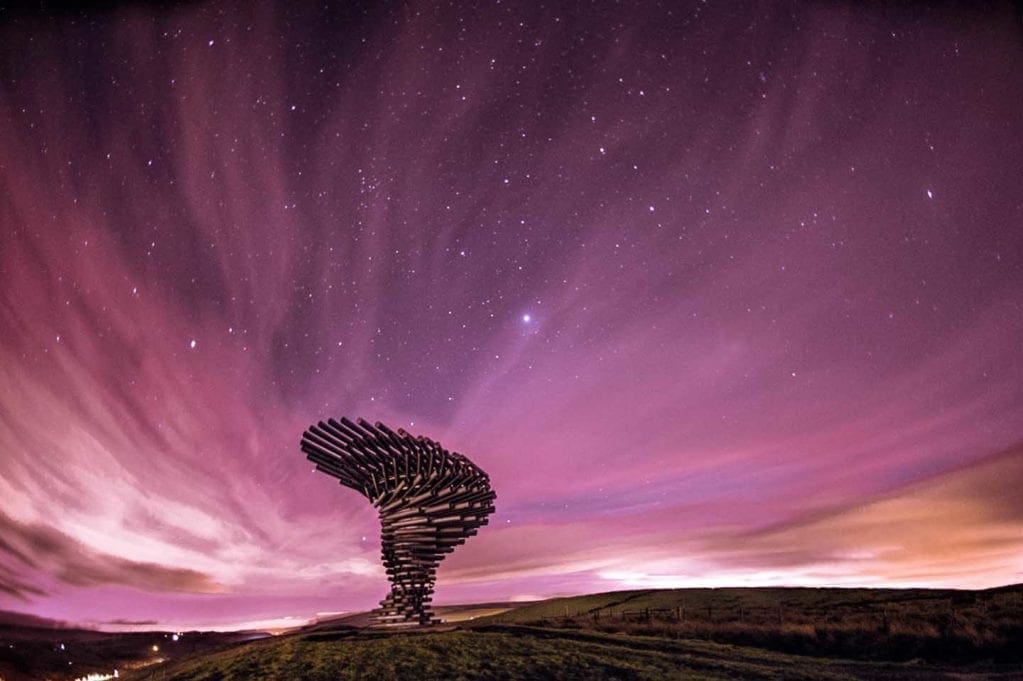
Photo © Anthony Black
For more advice on how to shoot at night, check out these tutorials:

